On Keshi - the accidental pearls, not nucleated, that form randomly in farmed molluscs are not natural in that they are a product from a farm. Humans are involved in the process if not the formation. Only Keshi or pearls from Wild molluscs are 'natural' - no human involvement at all.
That said... it can be extremely difficult to tell if pearls sold as Keshi are, in fact, true Keshi. X Ray will tell but frankly no one really does that it seems. A few years ago there were a lot of GSS Keshi that were small sort of oval shapes that in fact were not Keshi ... they were sold as Keshi as that gave them a higher value that just little GSS.
When I buy Keshi now I often am told " these are Keshi but have not been X Rayed." Some have the obvious lumpy bumpy organic shapes but then there might be a few that are suspect. I suppose I could take a hammer to one...
That said... it can be extremely difficult to tell if pearls sold as Keshi are, in fact, true Keshi. X Ray will tell but frankly no one really does that it seems. A few years ago there were a lot of GSS Keshi that were small sort of oval shapes that in fact were not Keshi ... they were sold as Keshi as that gave them a higher value that just little GSS.
When I buy Keshi now I often am told " these are Keshi but have not been X Rayed." Some have the obvious lumpy bumpy organic shapes but then there might be a few that are suspect. I suppose I could take a hammer to one...

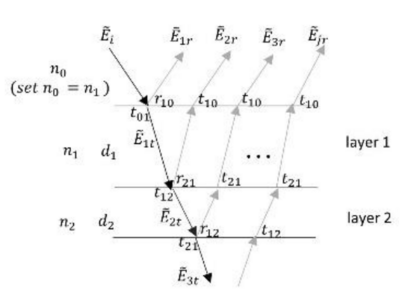


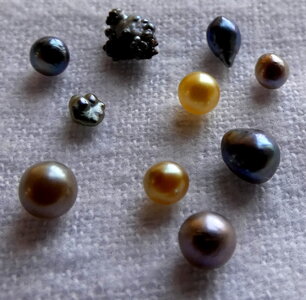
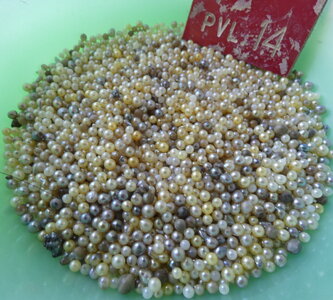
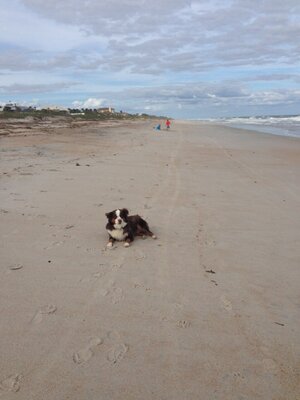
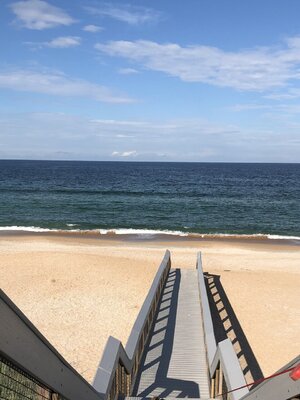
 Pierre-Louis Stenger
Pierre-Louis Stenger
 Céline M. O. Reisser
Céline M. O. Reisser Christoph Grunau
Christoph Grunau Jeremie Vidal-Dupiol
Jeremie Vidal-Dupiol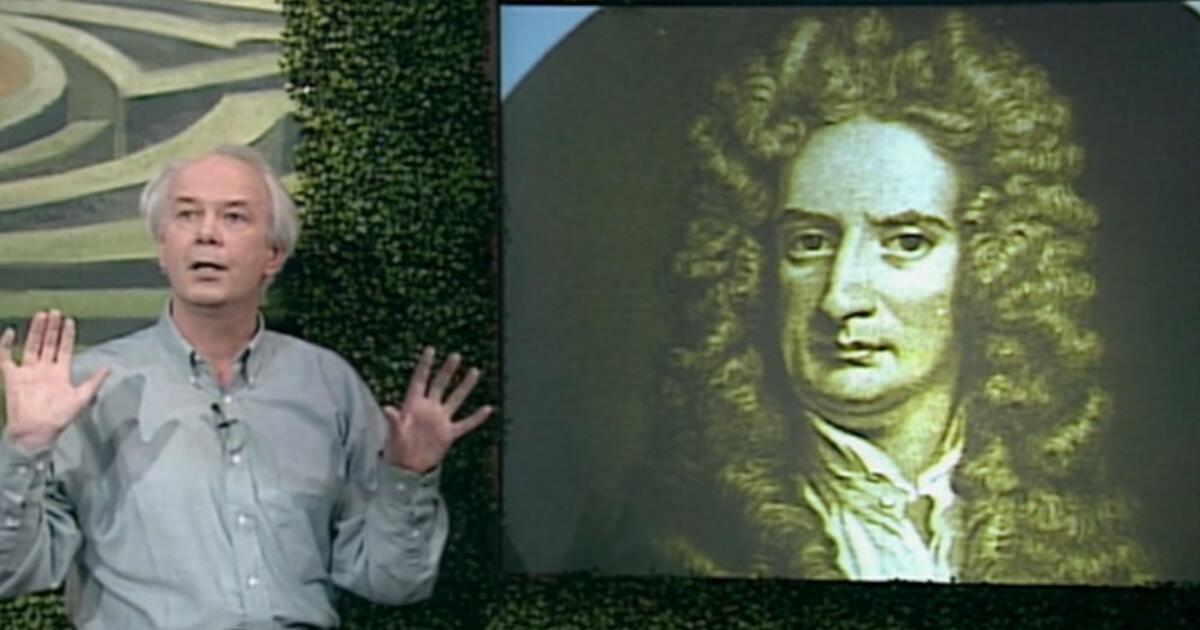
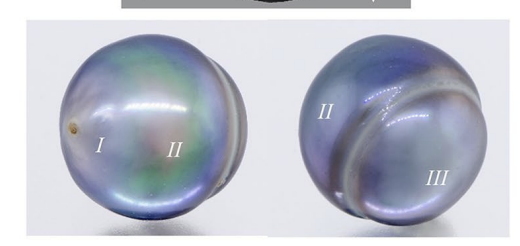
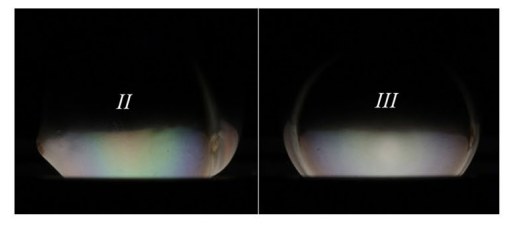
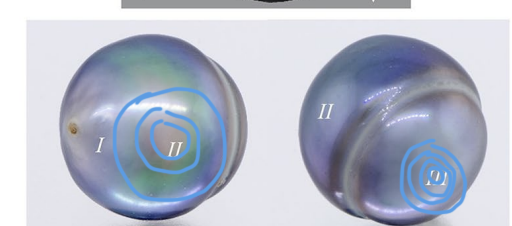
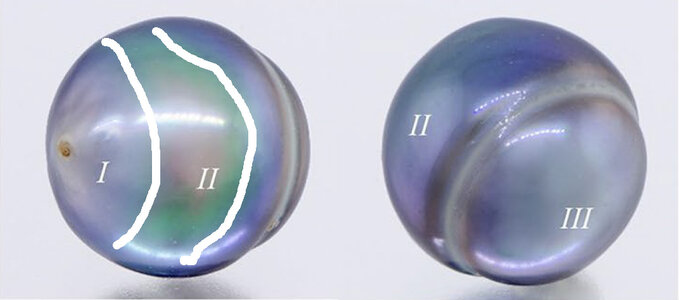


300x240.png)